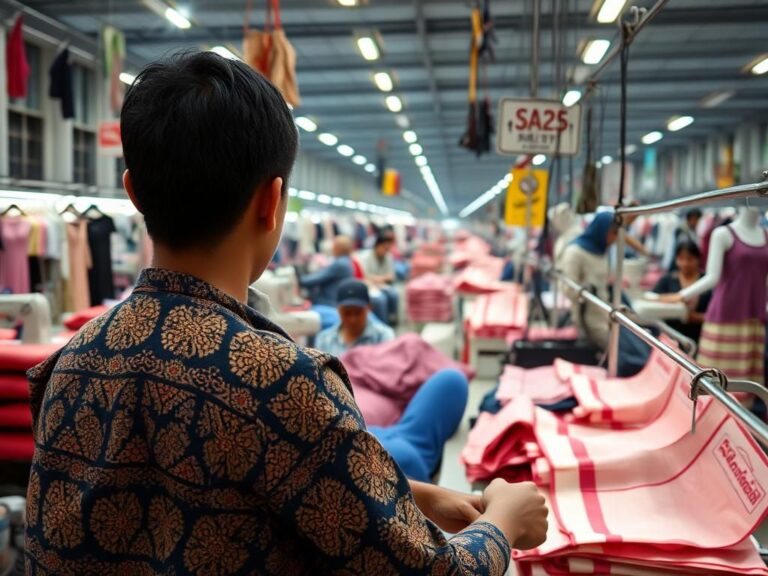In a significant development for Cambodia’s economy, the country has secured a reduction in tariffs, averting a potential economic crisis. The initial prospect of a crippling 49% tariff has been dramatically revised to 19%, providing immediate relief to the nation’s critical garment and footwear sectors.
The revised tariff represents a crucial win for Cambodia, whose economy heavily relies on exports from its garment and footwear industries. The initial proposed tariff, a matter of intense international negotiations, threatened to severely impact the country’s manufacturing output and potentially destabilize its economic progress. This reversal, announced on [Date – if available, otherwise omit] and attributed to [Source of Information – if available, otherwise omit], underscores the delicate balance of global trade and the pressures faced by developing nations.
The garment and footwear sectors are pivotal to Cambodia’s economy, employing a significant portion of the workforce. The prospect of significantly higher tariffs sparked widespread concern among businesses, workers, and policymakers. The lower tariff rate, while still representing a financial burden, mitigates the risk of mass layoffs and factory closures.
Analysts suggest that the tariff negotiations were influenced by [Reason for negotiation success – if available, otherwise omit], as well as lobbying efforts from industry stakeholders. The precise details of the negotiation process remain somewhat opaque, but the outcome signals a pragmatic approach to maintaining trade relations. The reduction, while welcomed, may also accelerate calls for the nation to diversify its economy, reducing its reliance on a limited number of sectors.
The long-term impact of the tariff reduction is yet to be fully realized. The nation is already grappling with ongoing global economic headwinds. Industry experts are now analyzing the extent to which the revised tariffs will affect export volumes and profitability.
The successful tariff negotiation offers a temporary respite for Cambodia’s garment and footwear industries. However, the ongoing challenges of global trade dynamics and the need for economic diversification remain. Will this be enough to ensure Cambodia’s sustainable economic stability?




